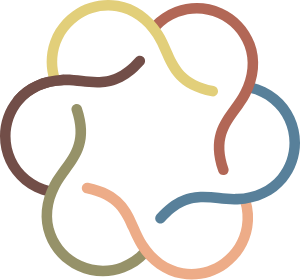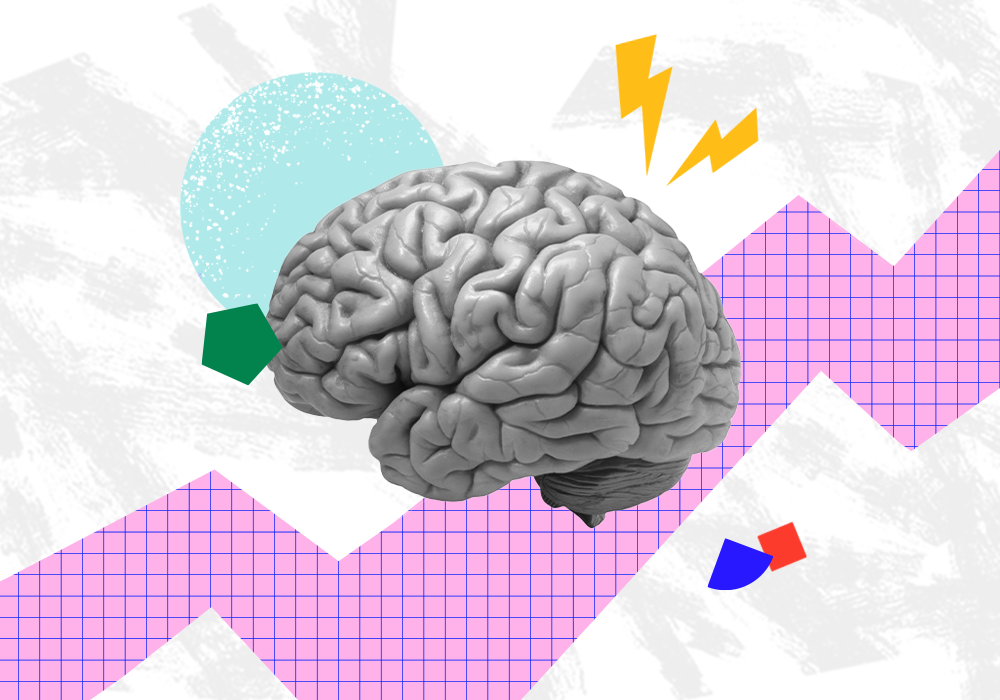Everybody’s got a lot to do at work these days. Some of it’s fun, some of it not so much. It turns out that a lot like the family dog, our brains are wired to seek rewards and avoid pain. So as we look at our to-do lists, we have to consider what this means for our professional lives — where a lot of the rewards often require a lot of pain. How do we decide what’s most important — responding to messages, attending meetings, or doing deep thinking and creative work — when the first two have an insatiable appetite for our time?
In S1E3, Real Creative Leadership host and Adobe Executive Creative Director Adam Morgan explains that our productivity is built on knowing our boundaries: “Before you scale your team, before you scale anything, start with yourself. Find out where your limitations are.” As we get boundaries in place, it also helps to know some next steps to consider in our productivity journey.
To unpack the concept of productivity, let’s start with some brain science. Then we’ll discuss some productivity secrets and insights that might help you rethink your overall approach to getting stuff done.
Safety is a brain drain.
Our behavior is driven by our neural networks, explains Dr. Sahar Yousef, neuroscientist at UC Berkeley. Because humans aren’t very competitive in the animal kingdom (think tigers), there are parts of our brains that are constantly scanning for stimuli to help us have the right behavior to keep us safe. We cannot turn off this scanning, and the lobes responsible for it make up 40% of the human brain. Our need for self-preservation, then, makes us highly susceptible and sensitive to distraction.
Stimuli (aka distractions) increase our cortisol levels because they produce stress. As we encounter stimuli, we have to figure out if we’re in danger, and this process of understanding distraction as threat or non-threat is a stressor to our brains. Higher cortisol levels affect our executive functioning skills, memory, language, and processing speed. Now add to all this the fact that humans innately want privacy. Suddenly, stimuli become even more mentally problematic because we have to categorize distractions, take a hormone hit from them, and also react to them with the natural response of wanting to be left alone.
No wonder we’re a little preoccupied.
The call is coming from inside the house.
Our productivity has been hijacked, says Yousef, and our jobs are part of the problem. Thanks to the endless distractions built into our work lives — such as the aforementioned messages and meetings — we’re getting less done than ever before: 3.5 hours of focused productivity each workday with only 90 seconds between interruptions.
If we want to focus, we have to be intentional to make it happen, and Yousef says the secret is in being proactive about how we manage our energy.
- Know yourself.
What works for your favorite influencer might not work for you, so choose your productivity hacks wisely. If you’re a person who knows your body needs sleep, don’t try the “get up earlier” approach. Instead, respect your circadian rhythms by getting the most out of when you — not people on the internet — get the most done. - Create clear associations.
Build up your neural connections to a focused, productive brain state. Yousef says these can come from such simple approaches as a defined work space that tells your brain “work happens here” or a song you play as a trigger to turn off from your workday. - Stop multitasking.
All those bells and whistles your devices provide to help us get work done faster? They’re actually distractions, too. Doing more than one thing at a time is a surefire way for everything to suffer because we’ve stopped letting our automatic behaviors take over while we’re jumping back and forth among tasks (psychologists call this “switch costs“). Our brains need an autopilot option. - Seek oxytocin — the right way.
The feel-good chemicals in your brain matter, so make sure you’re getting some of them from work. In his research on trust and workplaces, neuroscientist Dr. Paul Zak finds that positive leadership behaviors, such as empathy and compassion, make oxytocin flow freely in the workplace. The bottom line here? As a leader, if you want productivity, it’s your job to create the kind of environment that fosters it.
Mental Energy + Motivation = Productivity
Morgan created a “whelm scale” to assess the emotional capacity of his teams by comparing workload with feelings across individuals. The principles of scaling, balance, and accountability he uses apply to leaders just as well as employees. Productivity requires mental power, capacity, and a sense of internal and external motivation. We get it easily from work we find inherently meaningful or valuable. So for those things we’re not as jazzed about — or that aren’t sitting very well on our whelm scale — let’s bend the productivity equation our way.
Use boundaries to be intentional about how you’re protecting (or spending) your brain’s energy. Attach meanings or incentives to work that doesn’t readily offer it. Build a space to give yourself grace — and to receive it. Connect your efforts to the positive associations that motivate your efforts.
And maybe take an hour or two where your phone’s in a drawer in the other room.
For more on productivity, motivation, and the Whelm Scale, tune into S1E3 of Real Creative Leadership.



